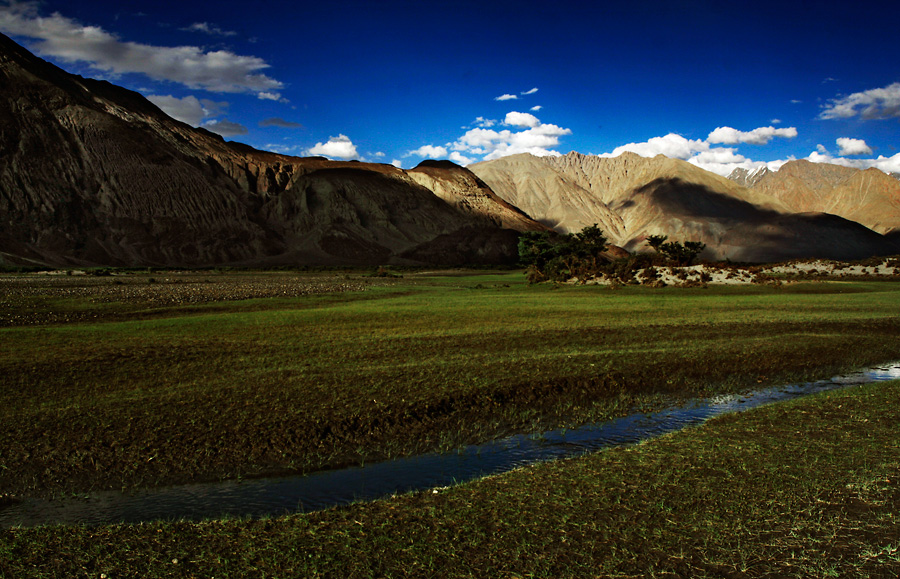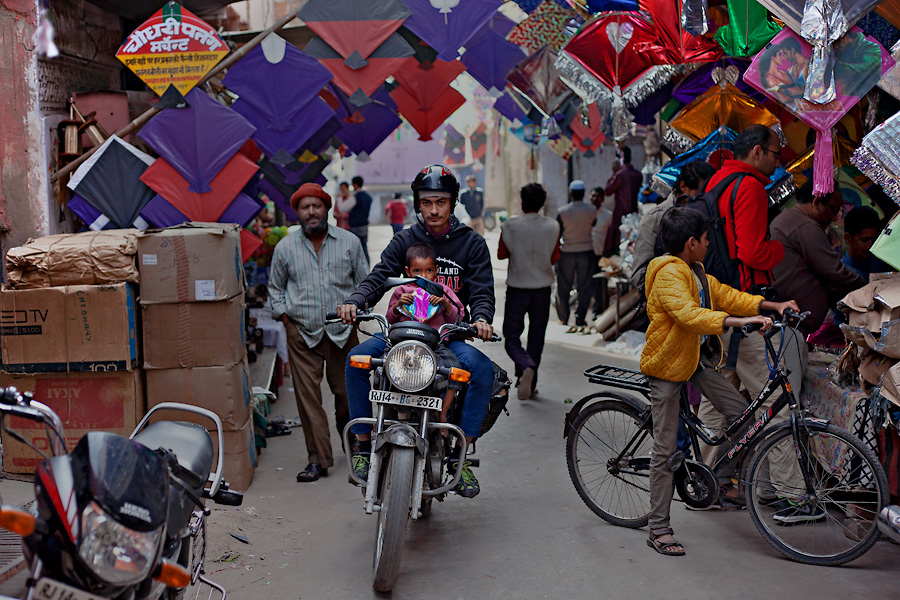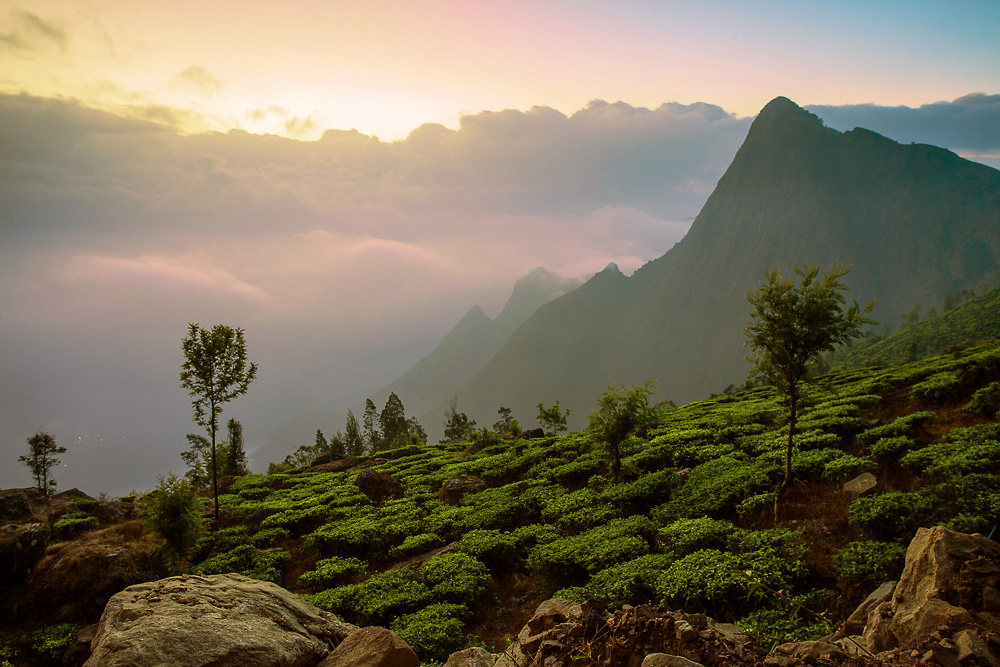Nubra Valley in Ladakh – River, Greenery and Slow Travel
I found my ideal do-nothing place in Ladakh’s Nubra Valley. It was a place for long walks in the meadows, reading books with a cup of tea in a garden chair, eating seabuckthorn fruits on the riverbed, relishing apricots straight off the tree, hiding behind the bush watching a herd of Bactrian Camel in the wild, chasing shepherds, walking along the river and watching sunsets while listening to sweet sound of the flow. The days in Nubra were filled with activity and yet I wasn’t really doing anything.
A wise man once said, “Happiness is like a butterfly which, when pursued, is always beyond our grasp, but which, if you will sit down quietly, may alight upon you.” Travelling has some semblance with this statement. If we run from place to place seeking excitement and new experiences, those pleasures always seems to be someplace other than where we are. We humans need change of place at times, but making it a mission to keep changing places probably doesn’t work. The proverbial butterfly requires that you rest.
That place to rest, I found in Hunder. It’s a tiny village in Ladakh’s Nubra Valley housing a few dozen families, and when I went there seven years ago, had only a few dozen tourists. My guest house had a room big enough to play badminton, and outside in the garden, you could actually play football. The garden, however, was put to a more idyllic pursuit. With a book in one hand and a cup of tea in the other, I could sit under the apricot trees and while away the entire day, sometime shifting into the sun and sometimes returning to shade. And when I had enough of the book, there were other hedonistic pursuits that are hallmark of an aimless traveller.



